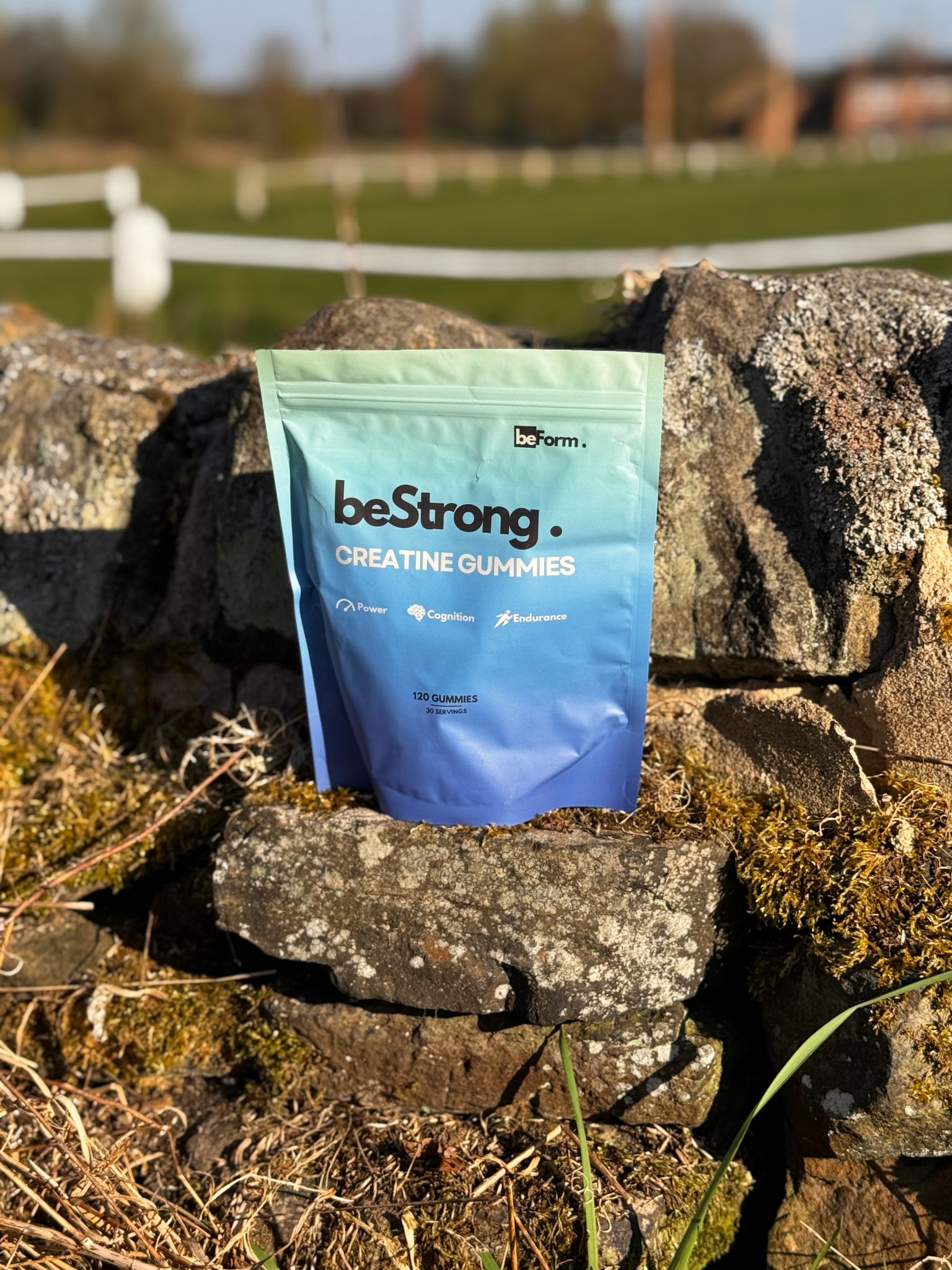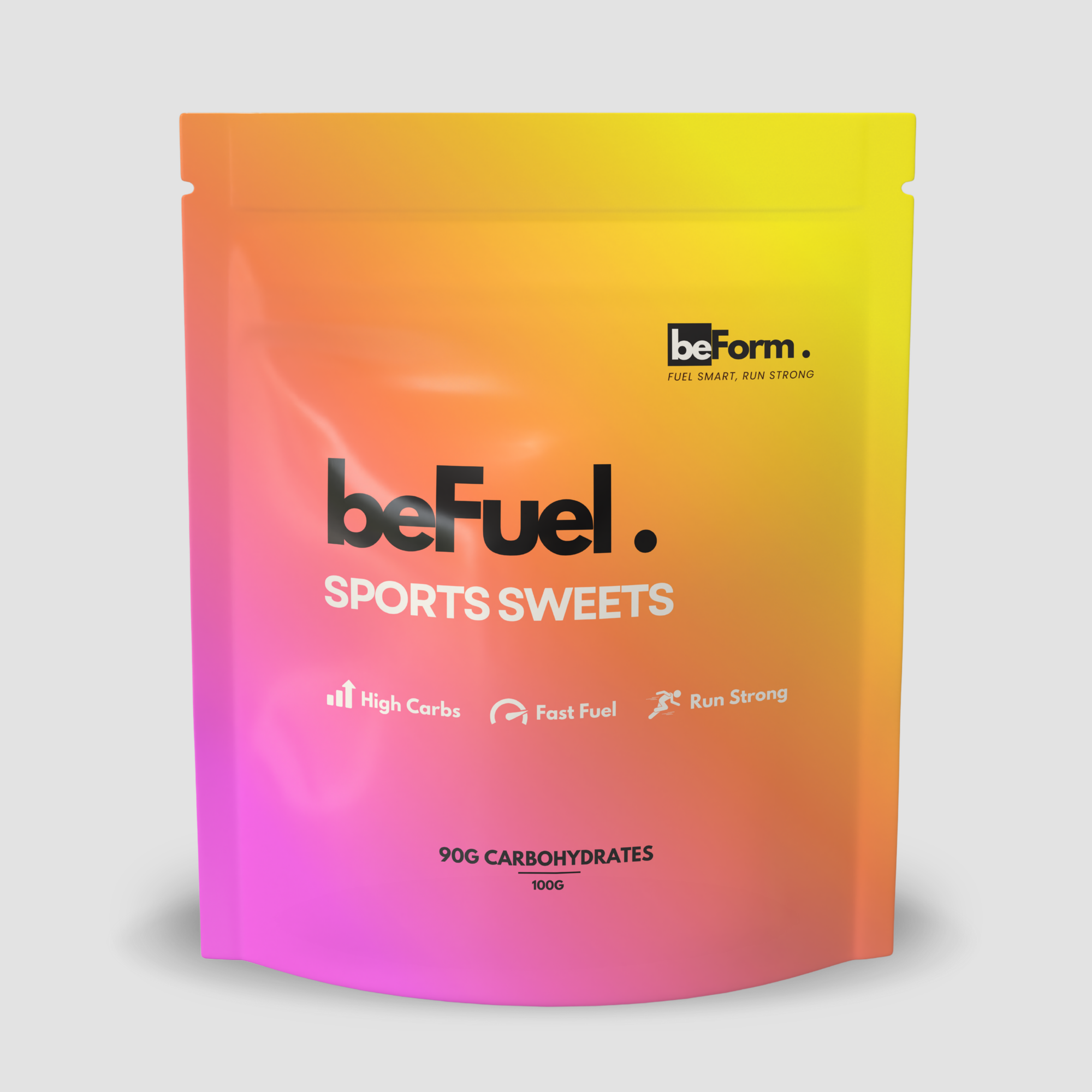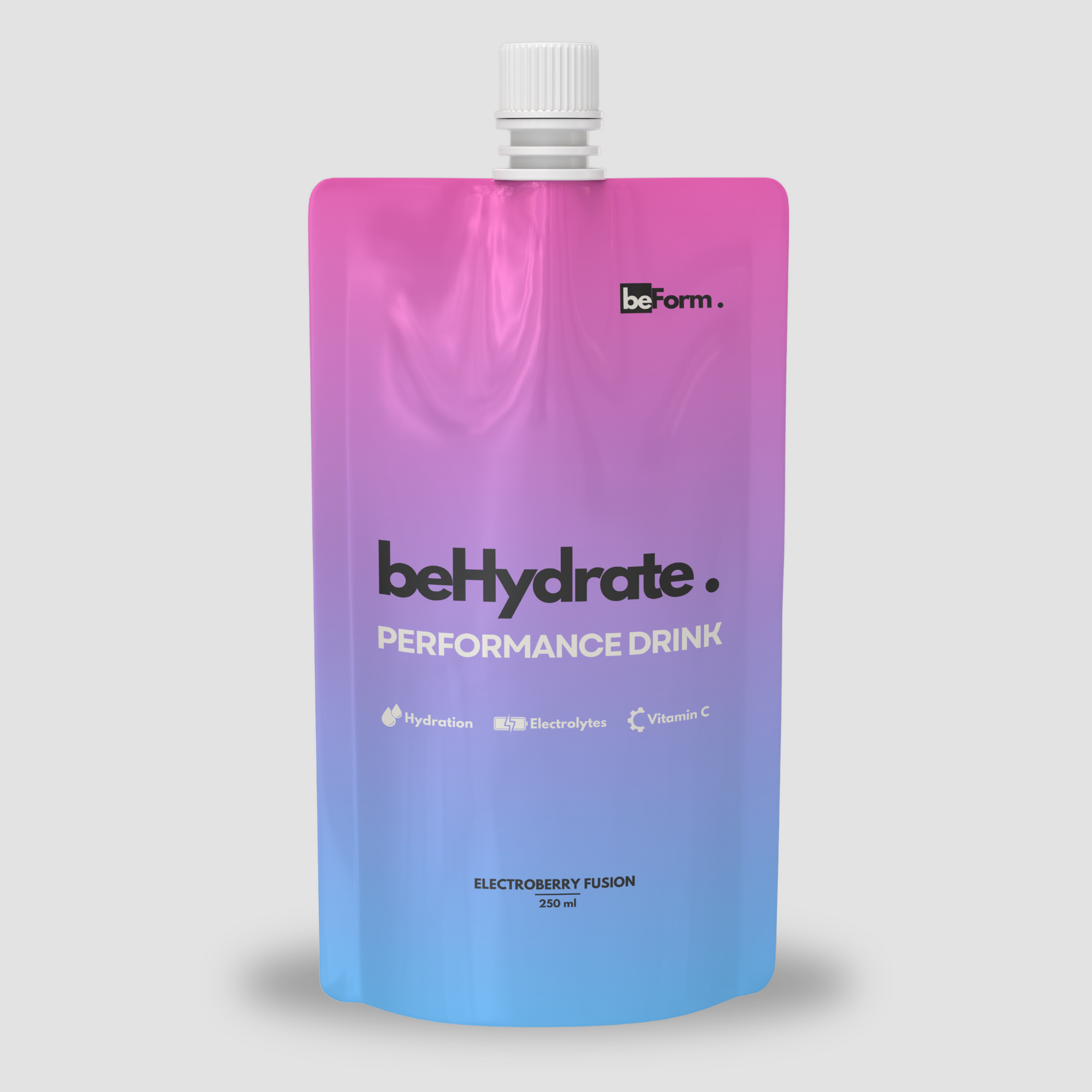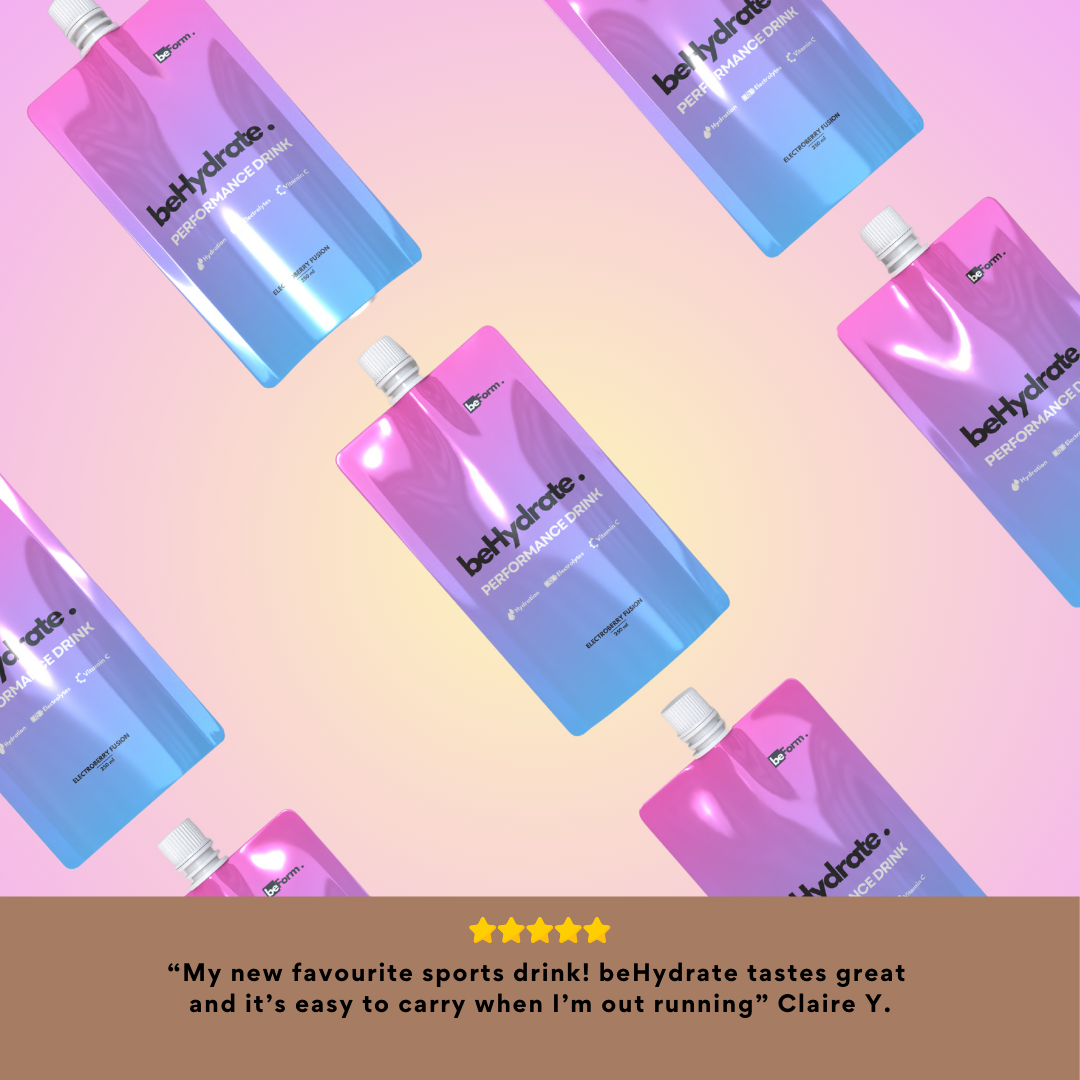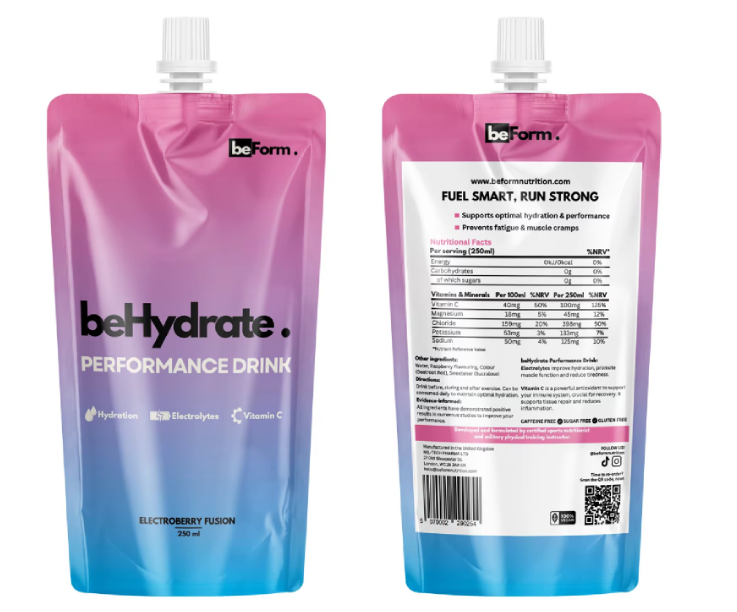Quick Summary:
- Creatine monohydrate is well-researched and proven to enhance athletic performance and muscle growth, making it a popular choice among athletes.
- In contrast, creatine gluconate shows potential benefits but lacks sufficient research to match the established effectiveness of creatine monohydrate.
Introduction to Creatine: What Is It?
Creatine is an organic compound naturally present in muscle cells and plays an essential role in producing ATP, the primary energy carrier in our bodies.
While most commonly consumed through our diet, particularly red meat and fish, creatine can also be synthesised in our bodies using amino acids as well.
Creatine has become widely recognised among athletes and fitness enthusiasts due to its well-documented benefits in improving physical performance and encouraging muscle growth.
Creatine supplementation serves primarily to restore ATP levels during high-intensity exercise, leading to improved strength, power, and endurance.
Creatine stores become particularly significant during short bursts of intense physical activity like sprinting or weightlifting, thus making its use widely utilised across different sports disciplines for optimising performance outcomes.
Of the various forms of creatine available on the market, two are frequently discussed and utilised:
-
creatine gluconate and
-
creatine monohydrate
Creatine monohydrate has long been recognised for its efficacy in improving athletic performance and muscle mass gain, whereas creatine gluconate may offer advantages in solubility and absorption that could offer different profiles of benefits to users.
Exploring these two forms is necessary to gain a thorough understanding of their chemical structures as well as any differences or similarities in terms of functionality and efficacy.
You can utilise this comparison in making informed choices regarding supplementation strategies tailored specifically to their performance goals and physiological needs related to creatine consumption.
Creatine Monohydrate: An In-depth Analysis
Creatine monohydrate is one of the most widely studied and frequently utilised forms of creatine in the fitness industry.
It consists of the amino acids glycine and arginine, its primary purpose being to replenish Adenosine Triphosphate (ATP), the body's main source of energy storage in cells. It is this effect that makes creatine monohydrate especially popular among athletes and bodybuilders.
Creatine monohydrate has been around since the early 19th century, yet only gained widespread attention during the 1990s when research showed its efficacy in improving athletic performance.
Studies have proven that supplementing with creatine monohydrate can lead to increased muscle mass, strength gains, and better overall performance during explosive or high-intensity exercises due to increasing phosphocreatine stores in muscle tissue, providing quick energy sources during short bursts of activity.
Creatine monohydrate has long been acknowledged for its muscle growth and strength enhancement properties, but more recently has also gained attention for its potential cognitive benefits that may protect brain health.
This aspect has expanded its use beyond athletes into the general population, though individual responses may vary.
While some individuals may experience gastrointestinal discomfort, cramping or water retention. A common loading phase consists of taking 20 grams a day for five to seven days, followed by maintaining the dosage at between three and five grams each day thereafter.
However, if you are not chasing quick results, the muscle saturation provided by the loading phase can be achieved over a longer duration by just taking 5g daily.
Creatine Gluconate: What Sets It Apart?
Creatine gluconate is an innovative form of creatine supplementation, created by mixing creatine with glucose for a unique molecular structure that distinguishes it from its more popular form: creatine monohydrate.
While creatine monohydrate has long been known to increase performance and muscle growth, creatine gluconate has since gained recognition for potentially providing additional advantages.
Creatine gluconate is claimed to have increased solubility and absorption rate, thanks to glucose's bioavailability component.
This feature may lead to improved energy levels during high-intensity workouts, making creatine gluconate an attractive option for athletes seeking optimal performance.
However, studies suggest the complex isn't able to quicken the delivery of creatine to muscle cells for faster recovery times and reduced fatigue levels when compared to creatine monohydrate.
Many users report that creatine gluconate is easier on the digestive system compared to creatine monohydrate.
Digestive discomfort is often linked with creatine supplementation; thus, creatine gluconate may offer an easier option for individuals experiencing such discomfort. That said, we are just relying on anecdotal feedback.
As with any supplement, however, all have potential side effects, and users should monitor their reactions carefully, as some individuals may still experience minor discomfort or digestive symptoms when switching.
Comparative Analysis: Creatine Gluconate vs Creatine Monohydrate
Comparing creatine gluconate and creatine monohydrate requires taking into account several key criteria, including absorption efficiency, cost-effectiveness, dosage recommendations and overall performance enhancement.
Both forms are said to have their potential advantages for athletes and fitness enthusiasts.
Absorption efficiency is of primary concern when making this comparison. Creatine monohydrate has long been recognised for its effective absorption and ability to increase muscular creatine levels significantly, according to this 2021 study.
Furthermore, it is confirmed to be highly bioavailable - utilised efficiently by the body during high-intensity activities.
Again, creatine gluconate, an alternative formulation that contains glucose as a carrier, may enhance absorption via an insulin-mediated transport mechanism. However, there remains limited research supporting this theory against monohydrate.
Cost-effectiveness should also be an integral consideration when considering different creatine options for users.
Creatine monohydrate tends to be more affordable and readily available than creatine gluconate, selling in powder or capsule form to meet diverse user preferences and budgets.
Creatine monohydrate is approximately 15 pence per 5g where whereas creatine gluconate is around 60 pence per gram.
While creatine gluconate might offer (unproven) unique formulation benefits that might attract some people, its higher price point could dissuade some from purchasing it.
Conclusion
Creatine monohydrate has an established history of improving performance, supported by numerous studies proving its value for strength and endurance training, while creatine gluconate's benefits remain promising but require further studies before reaching parity with monohydrates.
As such, there doesn't seem to be any substitute for creatine monohydrate.
Please share any insight or advice on our Facebook page so we can all work together and overcome this obstacle and enjoy running to its fullest.



